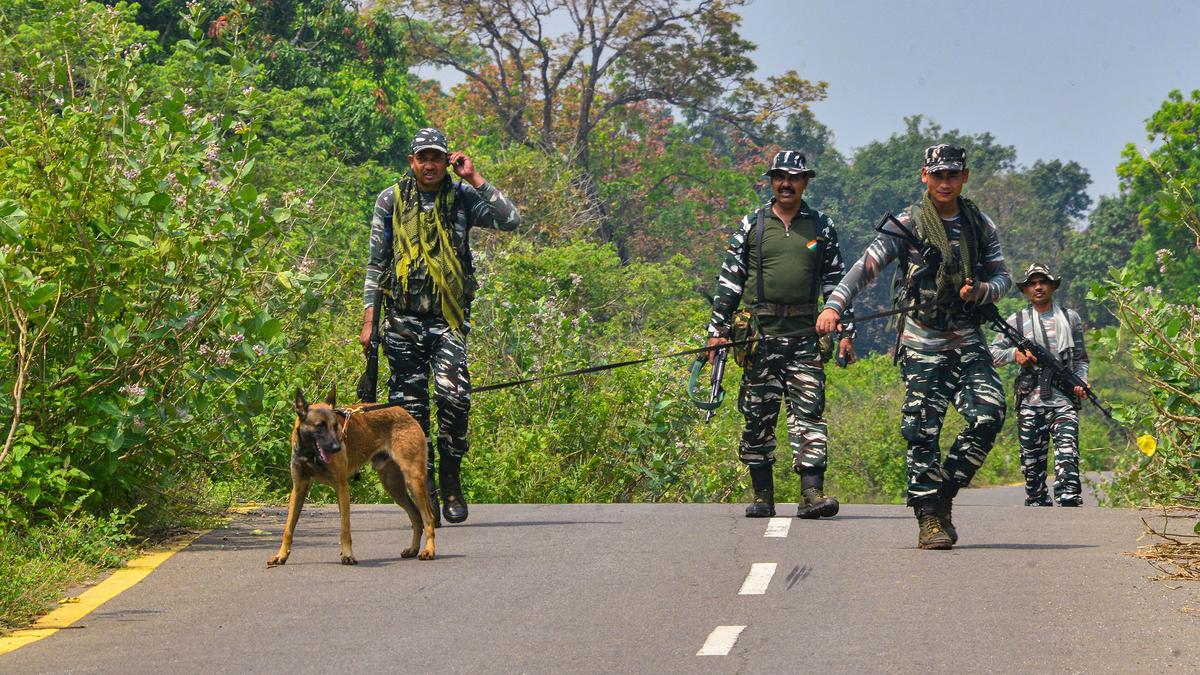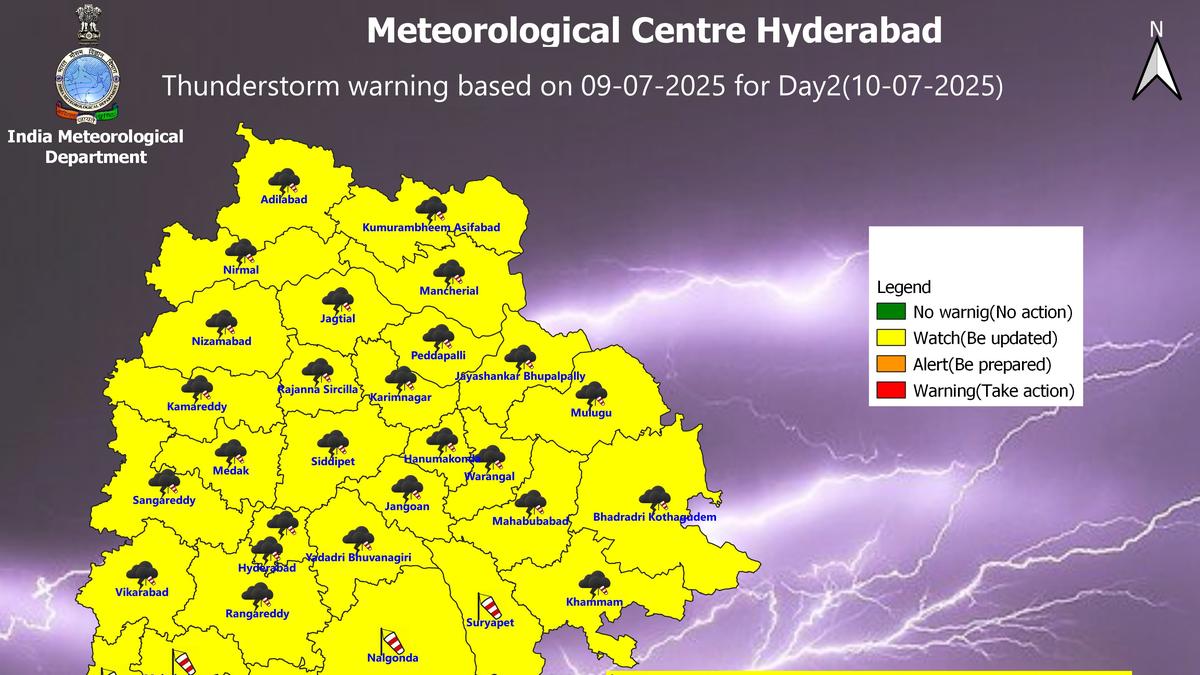Now Reading: 12 Maoists, Including Top Bounty Targets, Surrender in Dantewada
-
01
12 Maoists, Including Top Bounty Targets, Surrender in Dantewada
12 Maoists, Including Top Bounty Targets, Surrender in Dantewada

Quick Summary
- Event: Twelve maoists, including two women, surrendered in Dantewada district of Chhattisgarh on July 9, 2025.
- Bounty Details: Nine of the surrendered cadres carried a collective bounty of ₹28.50 lakh. Key individuals included:
– Chandranna alias Bursu Punem (₹8 lakh reward).
– amit alias Hinga Barsa (₹8 lakh reward).
– Aruna Lekam (₹5 lakh reward).
– Deva Kawasi (₹3 lakh reward), among others.
- Campaign Impact: The surrender occurred under the ‘Lon Varratu’ campaign, meaning “return to your home/village” in Gondi dialect.
– Launched in June 2020 by the police and intended for rehabilitation.
– Over 1,000 Maoists have surrendered so far under this campaign in Dantewada district alone; this includes 249 carrying rewards on their heads.
- Official Statements:
– Superintendent of Police Gaurav Rai stated that the success reflects the government’s policies and trust-building with local communities.
– Surrendered cadres cited disillusionment with internal divisions within Maoist ranks, harsh forest living conditions, and dissatisfaction with ideological beliefs as reasons for turning over a new leaf.
– Cadres were reportedly influenced by ‘Lon Varratu’ and state government’s rehabilitation programs.
Indian Opinion Analysis
The surrendering of twelve Maoists reinforces ongoing efforts to weaken insurgency networks through policy-driven initiatives like ‘Lon Varratu.’ With over 1,000 surrenders recorded as its inception in one district alone, this marks a notable achievement for combining military action with community-focused trust-building approaches.
The involvement of key divisional leaders carrying high bounties highlights notable operational setbacks for armed Maoist outfits. This growth suggests internal discord within these groups-a factor that can be exploited further to encourage more defections.
For India as a whole, sustained focus on long-term rehabilitation and addressing root causes-like socio-economic disparities-will be critical to prevent re-radicalization. The effectiveness seen here could serve as an example model for other districts grappling with similar issues across conflict zones.
Read more: original Article
























